Normal range of alt ast. Normal Range of ALT/AST: High, Low & Normal Results, Symptoms & Causes
What is the normal range of ALT and AST levels? What causes high or low ALT/AST levels? Learn about the symptoms, results, and causes of abnormal liver enzyme tests.
Understanding Liver Enzyme Tests: ALT and AST
The liver plays a crucial role in our body, performing over 500 essential functions. To monitor the health of this vital organ, healthcare providers often order blood tests to measure the levels of certain enzymes, including alanine transaminase (ALT) and aspartate transaminase (AST). These enzymes, also known as liver enzymes, are found primarily in the liver and can provide valuable insights into liver function.
What is ALT (Alanine Transaminase)?
ALT, or alanine transaminase, is an enzyme found predominantly in the liver. When the liver is damaged or inflamed, ALT is released into the bloodstream, causing an increase in its levels. This is why ALT is considered a reliable marker for detecting and monitoring liver injury or disease.

What is AST (Aspartate Transaminase)?
AST, or aspartate transaminase, is another enzyme that is found in various organs, including the liver, heart, muscles, and kidneys. Like ALT, AST levels can rise when there is damage or inflammation in these organs, particularly the liver.
Normal Ranges of ALT and AST
The normal ranges for ALT and AST can vary slightly between different laboratories, but generally, the following guidelines apply:
Normal ALT Levels
- Adult males: 0-40 U/L (units per liter)
- Adult females: 0-35 U/L
Normal AST Levels
- Adult males: 0-40 U/L
- Adult females: 0-35 U/L
Causes of High ALT and AST Levels
Elevated ALT and AST levels are often indicative of liver damage or dysfunction. Some common causes of high liver enzyme levels include:
Liver Diseases and Conditions
- Viral hepatitis (e.g., hepatitis A, B, C, D, E)
- Alcoholic liver disease
- Non-alcoholic fatty liver disease (NAFLD)
- Cirrhosis
- Liver cancer
- Hemochromatosis (excess iron in the liver)
Other Causes of High Liver Enzymes
- Certain medications (e.g., acetaminophen, statins, antibiotics)
- Heavy alcohol consumption
- Muscle injury or disease
- Thyroid disorders
- Celiac disease
- Autoimmune disorders
Causes of Low ALT and AST Levels
While high liver enzyme levels are more common, it is also possible to have low ALT and AST levels. Some reasons for low liver enzyme levels include:
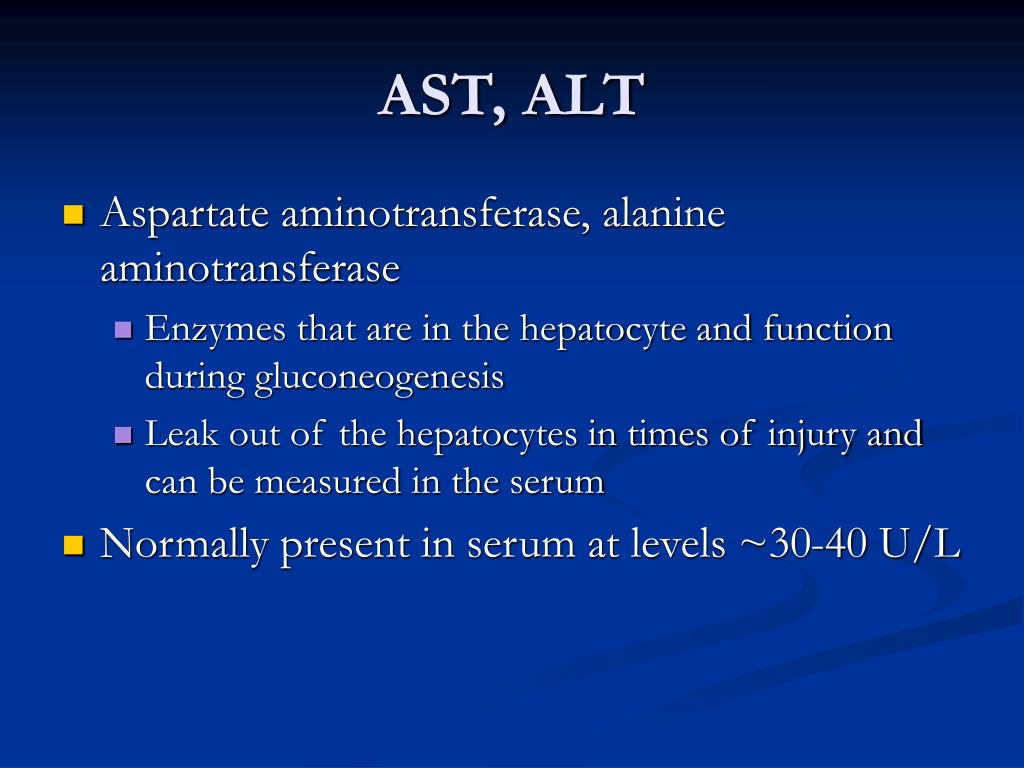
Healthy Liver Function
In some individuals, particularly those with a healthy lifestyle and no underlying liver disease, the normal range for ALT and AST may be on the lower end of the spectrum.
Malnutrition or Liver Dysfunction
Certain conditions that impair liver function or lead to malnutrition, such as severe liver disease, cirrhosis, or anorexia, can result in decreased ALT and AST levels.
Symptoms of Abnormal Liver Enzyme Levels
Elevated liver enzymes are often asymptomatic, meaning they do not cause any noticeable symptoms. However, in some cases, high ALT and AST levels may be accompanied by the following signs and symptoms:
- Fatigue
- Nausea and vomiting
- Abdominal pain or discomfort
- Jaundice (yellowing of the skin and eyes)
- Dark urine
- Loss of appetite
- Unexplained weight loss
It’s important to note that the presence or absence of symptoms does not necessarily indicate the severity of liver damage. Regular check-ups and monitoring of liver enzyme levels are crucial for early detection and management of liver-related conditions.

Interpreting Liver Enzyme Test Results
When interpreting the results of ALT and AST tests, healthcare providers will consider the following factors:
- The specific levels of ALT and AST
- The ratio between ALT and AST
- The presence of other abnormal liver function tests
- The individual’s medical history and underlying conditions
By analyzing these factors, healthcare providers can determine the potential cause of the abnormal liver enzyme levels and develop an appropriate treatment plan if necessary.
In conclusion, understanding the normal ranges, causes, and implications of abnormal ALT and AST levels is crucial for maintaining good liver health. Regular check-ups and prompt medical attention for any concerning changes in liver enzyme tests can help ensure early detection and effective management of liver-related conditions.
Alanine transaminase (ALT) blood test
Medical Tests A-Z
Definition
The alanine transaminase (ALT) blood test measures the level of the enzyme ALT in the blood.
Alternative Names
SGPT; Serum glutamate pyruvate transaminase; Alanine transaminase; Alanine aminotransferase
How the Test is Performed
A blood sample is needed.
How to Prepare for the Test
No special preparation is needed.
How the Test will Feel
When the needle is inserted to draw blood, some people feel moderate pain. Others feel only a prick or stinging. Afterward, there may be some throbbing or a slight bruise. This soon goes away.
Why the Test is Performed
ALT is an enzyme found in a high level in the liver. An enzyme is a protein that causes a specific chemical change in the body.
Injury to the liver results in release of ALT into the blood.
This test is mainly done along with other tests (such as AST, ALP, and bilirubin) to diagnose and monitor liver disease.
Normal Results
The normal range is 4 to 36 U/L.
Normal value ranges may vary slightly among different laboratories. Some labs use different measurements or may test different samples. Talk to your health care provider about the meaning of your specific test results.
What Abnormal Results Mean
An increased ALT level is often a sign of liver disease. Liver disease is even more likely when the levels of substances checked by other liver blood tests have also increased.
An increased ALT level may be due to any of the following:
- Scarring of the liver (cirrhosis)
- Death of liver tissue
- Swollen and inflamed liver (hepatitis)
- Too much iron in the body (hemochromatosis)
- Too much fat in the liver (fatty liver)
- Lack of blood flow to the liver (liver ischemia)
- Liver tumor or cancer
- Use of drugs that are toxic to the liver
- Mononucleosis (“mono”)
- Swollen and inflamed pancreas (pancreatitis)
Risks
adam.com”>There is little risk involved with having your blood taken. Veins and arteries vary in size from one person to another and from one side of the body to the other. Taking blood from some people may be more difficult than from others.Other risks associated with having blood drawn are slight, but may include:
- Excessive bleeding
- Fainting or feeling lightheaded
- Multiple punctures to locate veins
- Hematoma (blood collecting under the skin)
- Infection (a slight risk any time the skin is broken)
References
Chernecky CC, Berger BJ. Alanine aminotransferase (ALT, alanine transaminase, SGPT) – serum. In: Chernecky CC, Berger BJ, eds. Laboratory Tests and Diagnostic Procedures. 6th ed. St Louis, MO: Elsevier Saunders; 2013:109-110.
Pincus MR, Tierno PM, Gleeson E, Bowne WB, Bluth MH. Evaluation of liver function. In: McPherson RA, Pincus MR, eds. Henry’s Clinical Diagnosis and Management by Laboratory Methods. 23rd ed. St Louis, MO: Elsevier; 2017:chap 21.
In: McPherson RA, Pincus MR, eds. Henry’s Clinical Diagnosis and Management by Laboratory Methods. 23rd ed. St Louis, MO: Elsevier; 2017:chap 21.
Pratt DS. Liver chemistry and function tests. In: Feldman M, Friedman LS, Brandt LJ, eds. Sleisenger and Fordtran’s Gastrointestinal and Liver Disease. 10th ed. Philadelphia, PA: Elsevier Saunders; 2016:chap 73.
Review Date: 26/01/2019
The information provided herein should not be used during any medical emergency or for the diagnosis or treatment of any medical condition. A licensed physician should be consulted for diagnosis and treatment of any and all medical conditions. Call 911 for all medical emergencies. Links to other sites are provided for information only — they do not constitute endorsements of those other sites. Copyright ©2019 A.D.A.M., Inc., as modified by University of California San Francisco. Any duplication or distribution of the information contained herein is strictly prohibited.
Information developed by A.D.A.M., Inc. regarding tests and test results may not directly correspond with information provided by UCSF Health. Please discuss with your doctor any questions or concerns you may have.
Alanine Aminotransferase (ALT) Test – Health Information Library
Kidneys
Pancreas
Test Overview
An alanine aminotransferase (ALT) test measures the amount of this enzyme in the blood. ALT is found mainly in the liver, but also in smaller amounts in the kidneys, heart, muscles, and pancreas. ALT was formerly called serum glutamic pyruvic transaminase (SGPT).
ALT is measured to see if the liver is damaged or diseased. Low levels of ALT are normally found in the blood. But when the liver is damaged or diseased, it releases ALT into the bloodstream, which makes ALT levels go up. Most increases in ALT levels are caused by liver damage.
Low levels of ALT are normally found in the blood. But when the liver is damaged or diseased, it releases ALT into the bloodstream, which makes ALT levels go up. Most increases in ALT levels are caused by liver damage.
The ALT test is often done along with other tests that check for liver damage, including aspartate aminotransferase (AST), alkaline phosphatase, lactate dehydrogenase (LDH), and bilirubin. Both ALT and AST levels are reliable tests for liver damage.
Why It Is Done
The ALT test is done to:
- Identify liver disease, such as cirrhosis and hepatitis, caused by alcohol, drugs, or viruses.
- Help check for liver damage.
- Find out whether jaundice was caused by a blood disorder or liver disease.
- Keep track of the effects of medicines that can damage the liver.

How To Prepare
Avoid strenuous exercise just before having an ALT test.
How It Is Done
A health professional uses a needle to take a blood sample, usually from the arm.
How long the test
takes
The test will take a few minutes.
Watch
- Learning About Your Blood Test
- Learning About Blood Tests for Children
How It Feels
When a blood sample is taken, you may feel nothing at all from the needle. Or you might feel a quick sting or pinch.
Or you might feel a quick sting or pinch.
Risks
There is very little chance of having a problem from this test. When a blood sample is taken, a small bruise may form at the site.
Results
Each lab has a different range for what’s normal. Your lab report should show the range that your lab uses for each test. The normal range is just a guide. Your doctor will also look at your results based on your age, health, and other factors. A value that isn’t in the normal range may still be normal for you.
Results are usually available within 12 hours.
High values
High levels of ALT may be caused by:
- Liver damage from conditions such as hepatitis or cirrhosis.

- Lead poisoning.
- Very strenuous exercise or severe injury to a muscle.
- Exposure to carbon tetrachloride.
- Decay of a large tumor (necrosis).
- Many medicines, such as statins, antibiotics, chemotherapy, aspirin, opioids, and barbiturates.
- Mononucleosis.
- Growth spurts, especially in young children. Rapid growth can cause mildly elevated levels of ALT.
Credits
- Top of the page
Next Section:
Why It Is Done
Health Information Library
Blood test: what do normal values mean?
Contents
- 1 Is the blood test normal?
- 1.1 General information about the blood test
- 1.
 2 Biochemical blood test
2 Biochemical blood test - 1.3 Clinical blood test
- 1.4 Leukocyte formula
- 1.5 Hemostasiogram
- 1.6 Total protein and its fractions
- 1.7 Urea and creatinine
- 1.8 Blood glucose
- 1.9 Bilirubin and its fractions
- 1.10 Erythrocytes, hemoglobin and color index
- 1.11 The Importance of Correctly Interpreting Blood Test Results
- 1.12 Related Videos:
Find out which blood values are normal and which may indicate disease. Let’s analyze all the frequently encountered analyzes and their decoding.
Blood is the main vehicle of our body. It carries oxygen, nutrients and other important components from cells to organs and tissues, and also removes toxins and waste. Therefore, a blood test is one of the key methods for diagnosing various diseases.
The results of a blood test can be evaluated by various indicators, for example, by the level of hemoglobin, leukocytes, platelets and others. But how to understand that all indicators are normal? What do the numbers in the analysis mean?
But how to understand that all indicators are normal? What do the numbers in the analysis mean?
In this article we will try to figure out what normal blood test values mean and what changes may indicate the presence of the disease. We will also tell you what factors can affect the results of the analysis and how to prepare for the study.
Let’s get acquainted with the details of the analysis and learn how to read its results. This will help us maintain health and understand what changes in our body are actually happening.
General information about the blood test
Blood test is a laboratory study of human biological material in order to detect the presence or absence of pathologies and δ characteristics of the organism. This analysis can be carried out in a medical institution that conducts such studies.
Hemoglobin is a complex protein blood dye that carries oxygen to the tissues and carbon dioxide to the lungs. The level of hemoglobin in the blood affects the performance of the body, and normally should correspond to the sex and age of the person.
Erythrocytes are red blood cells containing hemoglobin. The normal number of red blood cells increases significantly with altitude sickness, that is, when living in high altitude conditions, as well as during physical exertion.
Leukocytes are white blood cells that play an important role in protecting the body and fighting infections. The total number of leukocytes in the blood increases with inflammatory processes, infections and other diseases.
Platelets are cells that play an important role in blood clotting. A normal platelet count allows you to stop bleeding with minor damage to the skin and mucous membranes. However, with a decrease in their number, bleeding is possible.
Erythrocyte sedimentation rate (ESR) is the average time it takes for blood to break down into plasma and formed elements. An increase in ESR may indicate the presence of inflammatory processes or infections in the body.
Blood chemistry
Blood chemistry is one of the most important blood tests. This analysis helps to determine the state of internal organs, the level of hormones, proteins, fats, carbohydrates and other substances in the blood. The results of a biochemical blood test can indicate the presence of various diseases, such as diabetes, diseases of the kidneys, liver and other organs.
For example, a normal blood glucose level for a healthy adult should be between 4 and 6 mmol/L. If blood glucose is elevated, this may indicate the presence of diabetes or other diseases of the pancreas. If the glucose level is too low, it may indicate hypoglycemia.
- ALT and AST are indicators that may indicate the presence of liver disease. In a healthy person, the level of ALT and AST should be low, but with various diseases, the level of these indicators can increase significantly.
- Potassium and sodium are electrolytes that are essential for the normal functioning of the body.
 The level of potassium and sodium in the blood can change with various diseases, such as diabetes, kidney or heart disease.
The level of potassium and sodium in the blood can change with various diseases, such as diabetes, kidney or heart disease. - Cholesterol is a fat-like substance that is necessary for the structure of body cells. However, elevated cholesterol levels may be associated with a risk of developing cardiovascular disease.
Professional medical advice is required to interpret the results of a biochemical blood test. He will be able to talk about which changes in indicators are the norm, and which may indicate the presence of diseases. Also, the doctor may prescribe additional studies to determine the diagnosis and prescribe the correct treatment.
Clinical blood test
Clinical blood test is one of the most frequently performed and informative tests that allow assessing the state of human health. Usually, this analysis is prescribed during a comprehensive examination of the body or when contacting a doctor with complaints about violations of the work of some internal organs.
The main indicators that a clinical blood test reveals are:
- Erythrocytes are red blood cells that carry oxygen from the lungs to tissues and remove carbon dioxide from the body. The normal number of red blood cells in men is 4.5 – 5.5 million / μl, in women – 3.8 – 5.0 million / μl;
- Leukocytes are white blood cells that protect the body from infections and other external influences. The normal white blood cell count is 4,000 to 9,000 cells/µl;
- Hemoglobin is a protein found inside red blood cells that is responsible for the transport of oxygen and carbon dioxide in the blood. The normal level of hemoglobin in men is 135-160 g / l, in women – 120-145 g / l;
- Platelets – blood cells that provide blood clotting and stop bleeding when injured. The normal platelet count in the blood is between 150,000 and 400,000/mcL;
- Erythrocyte sedimentation rate (ESR) is an indicator that reflects the erythrocyte sedimentation rate in a glass tube.
 This indicator may indicate the presence of inflammatory processes in the body. The normal level of ESR in men is 1-10 mm / h, in women – 2-15 mm / h.
This indicator may indicate the presence of inflammatory processes in the body. The normal level of ESR in men is 1-10 mm / h, in women – 2-15 mm / h.
In addition, a clinical blood test usually also examines the number and type of leukocytes, the presence of anemia, inflammation and other abnormalities.
As a result of a clinical blood test, you can get fairly complete information about a person’s health and identify possible problems that require additional examination or treatment.
Leukocyte formula
Leukocyte formula is the percentage of different types of leukocytes in human blood: neutrophils, lymphocytes, monocytes, eosinophils and basophils. These cells play an important role in the body’s immune system, protecting it from infections and other harmful influences.
Eosinophils – from 1% to 5% of leukocytes and are highly sensitive to allergens, are involved in allergic reactions and the fight against helminths. Basophils make up about 1% of white blood cells and are responsible for type I allergy reactions.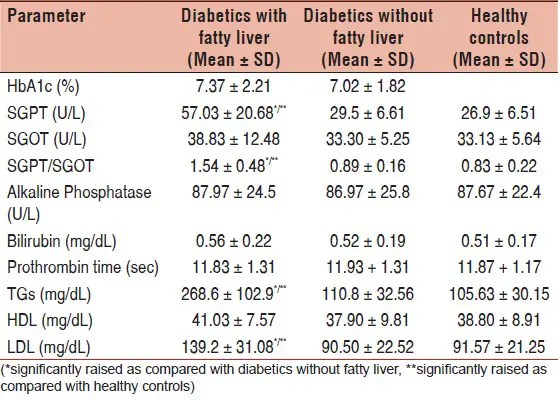
The white blood cell count test is used to diagnose various diseases such as inflammation, infection, autoimmune diseases, allergic reactions, and others. Normal values of the ratio of leukocytes in the blood may vary depending on age, gender and general condition of the body.
Hemostasiogram
Hemostasiogram is a comprehensive blood test that allows you to study the blood coagulation system and evaluate the work of platelets and plasma factors involved in this process. Hemostasiogram is one of the important examinations for assessing the state of the patient’s cardiovascular system.
Hemostasiogram results are expressed as numerical values that can only be interpreted by a qualified hematologist. When conducting an analysis, indicators such as blood clotting time, platelet count, fibrinogen concentration, prothrombin activity and other factors are taken into account.
Hemostasiogram examination is carried out in order to diagnose disorders of the blood coagulation system, which can lead to various diseases, such as thrombosis or hemorrhagic syndromes. In addition, a hemostasiogram can help determine the effectiveness of treatment in certain diseases associated with circulatory disorders and thrombosis.
In addition, a hemostasiogram can help determine the effectiveness of treatment in certain diseases associated with circulatory disorders and thrombosis.
- Blood clotting time is the time it takes for blood to clot in a wound by natural clotting. The normal clotting time for an adult is 4 to 10 minutes.
- Platelet count is an indicator of the number of platelets in 1 µl of blood. Usually in a healthy person, this number ranges from 200 to 400 thousand per 1 μl of blood.
- Fibrinogen concentration – is an indicator of the content of fibrinogen in the blood. The normal level of fibrinogen in a healthy person is 2 to 4 g/L.
- Prothrombin activity – is an indicator of the rate of blood clotting with the participation of prothrombin. The normal level of this indicator is from 78 to 142%.
In case of detecting abnormalities in the hemostasiogram, you should immediately contact a qualified doctor for advice and prescribe the necessary treatment, depending on the identified violations.
Total protein and its fractions
Total protein is one of the main indicators of protein metabolism in the human body. It is the sum of the concentration of all blood proteins in plasma and is measured in grams per liter. The total protein consists of several fractions, including albumin, globulins, and fibrinogen.
Albumin is the most abundant fraction of total protein, accounting for about 60% of the total. Most often, albumin binds to various substances in the blood, such as drugs and hormones, and travels throughout the body.
Globulins are another fraction of the total protein that includes various proteins such as antibodies and transport proteins. Globulins are divided into alpha, beta and gamma, depending on their electrophoretic mobility.
Fibrinogen is a fraction of a total protein that is the main component of a blood clot and plays an important role in blood coagulation.
Measurement of total protein and its fractions can help diagnose many diseases such as liver failure, protein enteropathy and certain types of cancer.
Urea and creatinine
Urea is a protein metabolism product that is formed in the liver. It is excreted in the urine and serves as an indicator of kidney function. The normal concentration of urea in the blood is from 2.5 to 6.4 mmol / l. An increase in the level of urea (nitrogen residue) may indicate a violation of the function of the kidneys, liver or intestines, as well as prolonged lack of nutrition or an increase in muscle mass.
Creatinine is a metabolic product of creatine, which is formed in muscle tissue and excreted in the urine. The level of creatinine in the blood also serves as an indicator of kidney function. The normal creatinine level in men is 0.7 to 1.2 mg/dl and in women it is 0.5 to 1.1 mg/dl. An increase in creatinine levels indicates a violation of kidney function, and may also be due to certain medications or intense muscle exercise.
- Elevated levels of urea and creatinine may indicate problems with the functioning of the kidneys, liver or intestines.

- Normal urea and creatinine levels may differ between men and women.
- Prolonged lack of nutrition or intense muscle loading should be considered when assessing urea and creatinine levels.
Blood glucose
Glucose is the main source of energy for all body cells. It enters the blood after digestion and can be used immediately or stored in liver and muscle cells as glycogen.
The normal fasting blood glucose level is 3.3 to 5.5 mmol/L. However, blood glucose levels may rise after meals and may fluctuate between 3.3-7.8 mmol/L during the day.
Elevated blood glucose (hyperglycemia) may indicate diabetes or other metabolic disorders. A treatment charter for blood glucose levels that are higher than normal includes diet changes, increased physical activity, and in some cases, insulin therapy.
Low blood glucose (hypoglycemia) may be caused by skipping meals, physical activity, or a number of other factors. If the glucose level drops too low, it can lead to serious consequences such as convulsions, loss of consciousness and coma. Maintaining blood glucose levels within normal limits is important for maintaining health and preventing various diseases.
If the glucose level drops too low, it can lead to serious consequences such as convulsions, loss of consciousness and coma. Maintaining blood glucose levels within normal limits is important for maintaining health and preventing various diseases.
Bilirubin and its fractions
Bilirubin is a yellow pigment formed from the breakdown of hemoglobin in red blood cells. This process occurs in the liver, where bilirubin is divided into two fractions: direct and indirect.
The indirect fraction of bilirubin is unable to dissolve in water, so it is converted into a direct fraction, which is excreted in the urine and feces. Total bilirubin is the sum of indirect and direct bilirubin in the blood.
The normal level of total bilirubin in the blood of an adult is 8.5 to 20.5 µmol/L. The level of direct bilirubin should not exceed 5 µmol/L.
Elevated levels of total and indirect bilirubin may be associated with diseases such as hepatitis, cirrhosis of the liver, hemolytic anemia and other pathologies of the liver and biliary tract.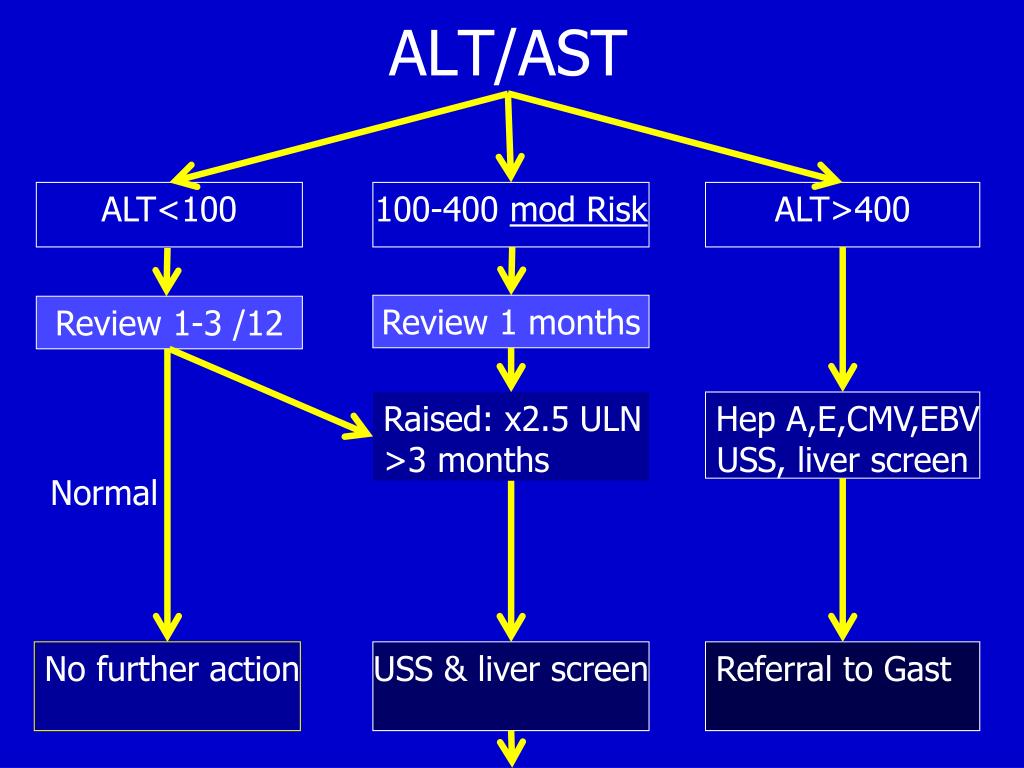 Elevated levels of direct bilirubin may indicate problems with the outflow of bile, such as gallstones.
Elevated levels of direct bilirubin may indicate problems with the outflow of bile, such as gallstones.
Decreased bilirubin levels are rare and may be associated with genetic disorders such as Gilbert and Crigler syndrome.
Red blood cells, hemoglobin and color indicator
Red blood cells are red blood cells that carry oxygen from the lungs to the tissues and carbon dioxide from the tissues to the lungs.
The normal level of red blood cells in women is from 3.8 to 5.5 million cells per microliter of blood, in men – from 4.3 to 5.9 million cells per microliter of blood. A high level of red blood cells can indicate dehydration, while a low level can indicate blood disorders.
Hemoglobin is a protein found in red blood cells and is responsible for transporting oxygen in the body.
The normal hemoglobin level in women is 120 to 160 g/l, in men it is 130 to 180 g/l. A low hemoglobin level may indicate anemia.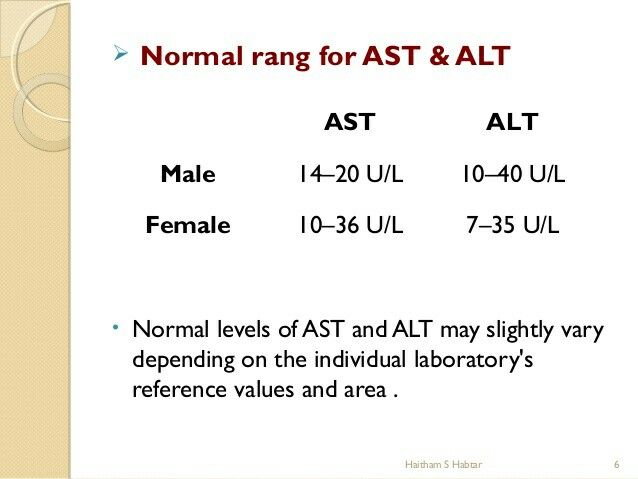
Color index is the ratio of hemoglobin level to the number of erythrocytes in the blood.
The normal color index level is 0.8 to 1.1. Higher than normal may indicate anemia, and lower – the presence of blood diseases.
The importance of correctly interpreting blood test results
A blood test is one of the most common methods for diagnosing various diseases. However, no less important is the correct and complete interpretation of the results of the analysis in order to detect any changes in the human body in time.
For example, if your blood glucose level is higher than normal, this may indicate that you have diabetes. However, it is important to take into account many other factors, including time of day, diet, and even emotional state, which can affect analysis performance.
Errors in the interpretation of test results can lead to misdiagnosis and incorrect treatment. For example, low iron levels in the blood can indicate the presence of anemia, however, in some cases, this indicator can be associated with other diseases, such as bowel cancer.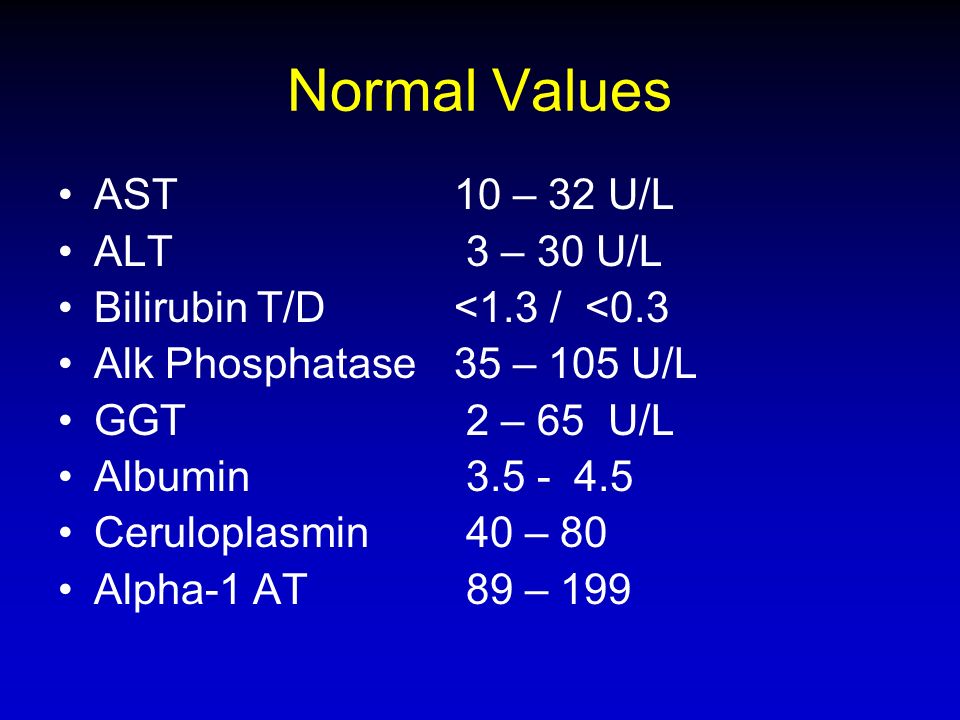
To avoid mistakes, it is important to have your blood tested in trusted labs and have experienced professionals help you interpret your blood test results.
It is also important to take into account age, gender, lifestyle, the presence of other diseases and pathologies in order to more accurately interpret the results of the analysis and identify the presence of possible diseases at an early stage, which will make it possible to prescribe effective treatment and prevent serious complications.
Related videos:
Previous
next
Register
SMA (spinal muscular atrophy) is a genetic neuromuscular disease that affects the motor neurons of the spinal cord and leads to progressive muscle weakness. The disease is progressive in nature, weakness begins with the muscles of the legs and the whole body and, with the development of the disease, reaches the muscles responsible for swallowing and breathing. At the same time, the intelligence of SMA patients is absolutely preserved.
At the same time, the intelligence of SMA patients is absolutely preserved.
Depending on the severity of symptoms, there are 3 main types of proximal SMA: SMA 1, SMA 2, SMA 3. The earlier the first signs of the disease appear, the more pronounced the symptoms, the more severe they are, and the faster the disease progresses.
A child or adult with spinal muscular atrophy is a person with increased needs. He has the right to a decent life. Therefore, we find the best SMA specialists in Russia and the world and tell other doctors, people with SMA and their families how to properly treat, rehabilitate, and support people with this disease. To do this, we hold conferences, schools and webinars for doctors and people with SMA, help patients with access to drug therapy. We publish brochures, help with medical equipment and consumables so that people can breathe normally, lie down, sit or walk.
We work with patients all over Russia and do our best to ensure that people receive timely, high-quality and systematic care.
Event announcements
We invite you to take part in the VII CMA Conference
An interdisciplinary approach is key to ensuring that people living with spinal muscular atrophy receive the care and support they need. Once an incurable disease today has
Barcelona will host the third scientific international congress on spinal muscular atrophy SMA Europe
From 21 to 23 October 2022, the third international scientific congress on spinal muscular atrophy SMA Europe will be held in Barcelona.
SMA Congress Europe is the largest scientific event in the field of SMA in Europe, a platform for the exchange of experience and the latest news between scientists, researchers and clinical specialists.
We invite you to take part in the VI CMA Conference
Today, a real “peaceful revolution” is taking place in SMA, with the advent of pathogenetic treatment, patients have hope that they will cope with the disease, and doctors
V Conference SMA.
 Schedule
Schedule
Conference program 14:00 Opening speech “Organization of care for patients with SMA in modern conditions” Olga Yurievna Germanenko 14:10 Opening speech “Organization of care for patients with SMA in
Need help
What is SMA?
How to donate
Transfer money
You can support the foundation by making a donation in any way convenient for you. To do this, please follow the link
Bring, order things
Our children always need: Ambu bags and masks for them, toys, hygiene items and special bedding. Please write to our family coordinator and find out what you need right now [email protected]
You can donate waste paper and at the same time help the SMA Families Foundation. If you have any questions, you can always contact the coordinators of the Good Paper project +7 499 444 13 05, [email protected].
How to help
How to help
How to help
Stories that inspire
“Finally I hear that my child is promising”
What does a child with a newly diagnosed SMA 1 need? A lot, but first of all, a mother who believes in him, and timely assistance
“Since we learned about the diagnosis, the SMA Families Foundation has been with us”
Or about how our wards with great gratitude use the social taxi of the Yandex project “Help is nearby”
“I will return to heaven!”
“In the sky, as in the sea, there are no boundaries,” says Yulia Grudko, who recently, despite her disability, fulfilled her cherished dream: she jumped with a parachute.


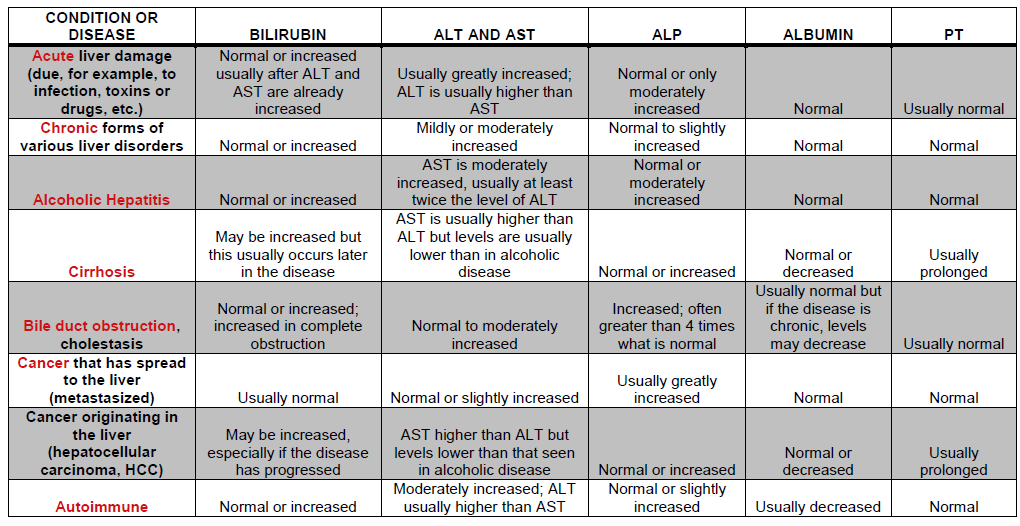
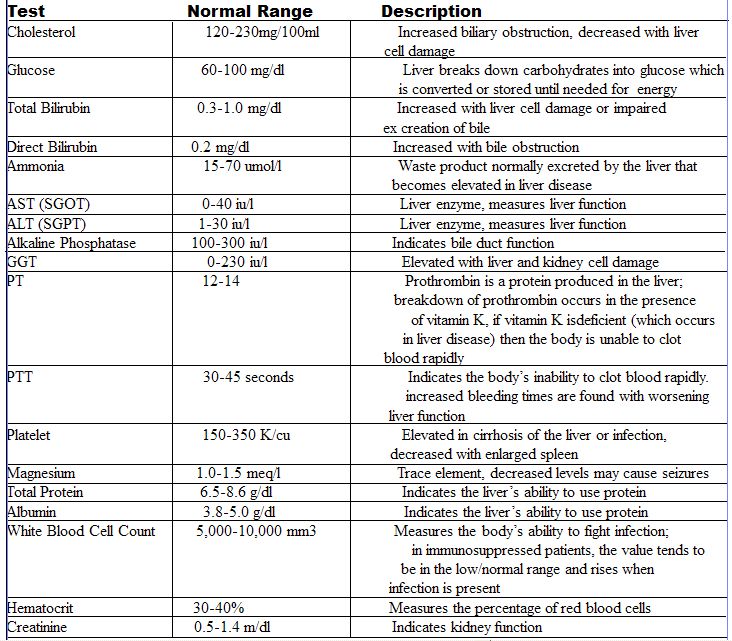 2 Biochemical blood test
2 Biochemical blood test This indicator may indicate the presence of inflammatory processes in the body. The normal level of ESR in men is 1-10 mm / h, in women – 2-15 mm / h.
This indicator may indicate the presence of inflammatory processes in the body. The normal level of ESR in men is 1-10 mm / h, in women – 2-15 mm / h.